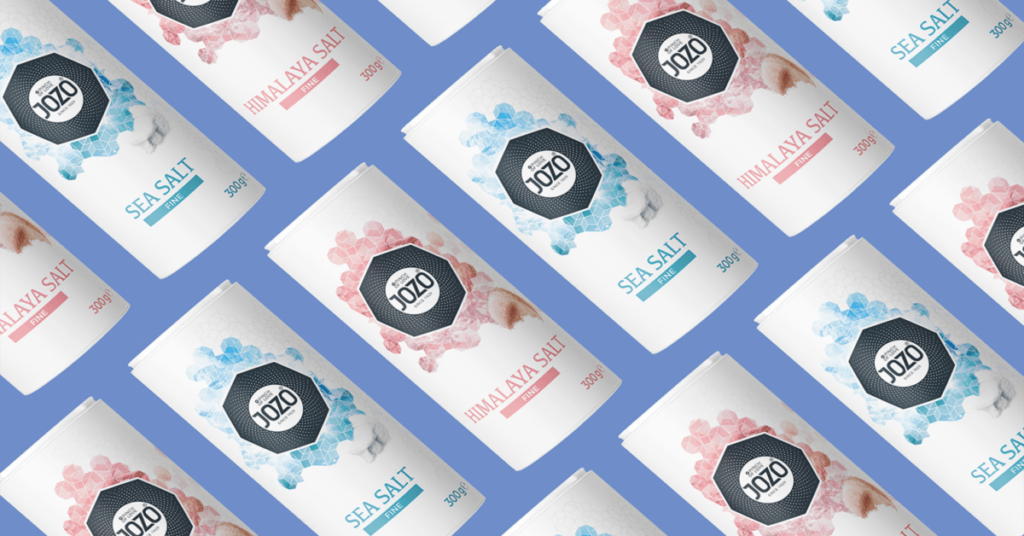When you buy a new pair of shoes, you’ll most likely receive them inside the actual shoebox and an outer shipping box. While cardboard shoeboxes are common, there are still environmental costs to producing and moving that packaging. However, shoe brand Ales Grey and material innovators Sway recently partnered to change the shoe packaging game. They replaced the traditional box with compostable, seaweed-based packaging, eliminating excess packaging and reducing environmental impact.
The Problem with Traditional Shoe Packaging
Most shoeboxes are made using cardboard, which has environmental costs, even though it is recyclable. Traditional shoe packaging is heavier than the lightweight footwear that it carries. Therefore, designing circular packaging is not just about sustainable materials but also about reducing the overall volume, weight, and necessity of materials used. Shoes are shipped inside two boxes, one for transportation, and the other being the actual shoebox.

Rethinking Traditional Shoe Boxes for a Greener Future
Seeing an opportunity to improve convention, shoe brand Ales Grey recently partnered with material innovators Sway to flip the script on shoe packaging by replacing the traditional box with compostable (home and industrial), seaweed-based packaging. This innovative move helps reduce waste and environmental impact.

Ales Grey X Sway Collaboration: A Solution to the Packaging Dilemma
Ales Grey recently partnered with Sway to use compostable seaweed-based packaging for their shoeboxes. The packaging is not only eco-friendly but also visually delightful. Sway’s packaging is a vibrant sapphire blue, reminiscent of pristine ocean water. The packaging uses a bellyband to communicate the seaweed-based pouch that’s plastic-free, with callouts around ocean-farmed seaweed and how it helps coastal communities and improves their ecosystems. The Ales Grey X Sway collaboration proves that sustainable compostable packaging can be visually appealing while eliminating excess packaging. Brands can reduce their environmental impact by using circular packaging that is both sustainable and visually delightful.
Bottomline
Ales Grey X Sway’s eco-friendly, compostable, seaweed-based packaging for shoes is an excellent example of how sustainability can brought onto fashion without sacrificing style. By reducing excess packaging and using compostable materials, shoe brands can help reduce their environmental impact. With innovative solutions like Sway’s seaweed-based packaging, we can move towards a more sustainable future for the fashion industry.



